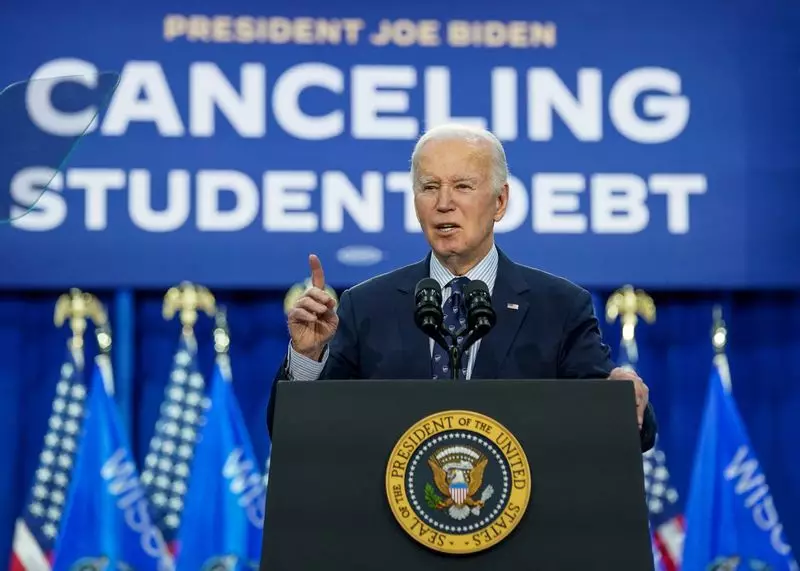President Joe Biden recently announced plans to alleviate student debt for millions of Americans, a move aimed at garnering support from young voters ahead of the upcoming elections. This decision includes canceling $7.4 billion in student debt for 277,000 borrowers, with further plans to eliminate accrued and capitalized interest for up to 23 million borrowers.
The latest round of debt relief affects individuals enrolled in the SAVE Plan, Income-Driven Repayment plans, and those receiving Public Service Loan Forgiveness. This comes after a previous announcement of $6 billion in student loan cancellations for 78,000 borrowers, bringing the total approved debt relief to $153 billion for 4.3 million Americans.
While Biden’s efforts have been applauded by some, critics argue that his student loan forgiveness approach exceeds his authority and unfairly benefits college-educated individuals over others. The broached issue of canceling student loan debt has become a focal point for younger voters, many of whom expected greater initiatives for debt relief from the Biden administration.
Challenges and Reactions
President Biden’s initial plan to cancel $430 billion in student loan debt was thwarted by the U.S. Supreme Court, leading to the current piecemeal approach. The response from former President Donald Trump’s camp has been critical, labeling the recent actions as a bailout without congressional approval.
Educational Disparities
It is worth noting that approximately half of federal student loan debt is held by individuals with graduate degrees, as reported by the Brookings Institution think tank. This highlights the educational disparities within the student debt landscape, raising questions about the distribution of relief and its impact on various segments of the population.
President Biden’s move to cancel student loan debt is a step towards addressing a pressing issue for millions of Americans. However, the complexities and criticisms surrounding the process underscore the challenges of implementing widespread debt relief initiatives. As the debate continues, it remains crucial to consider the diverse perspectives and implications of such policies on different socioeconomic groups.

